The third in this series of “unscribbles“, I present you: Crescent Wisdom. Guess what this fictional company does..seriously, someone please tell me.
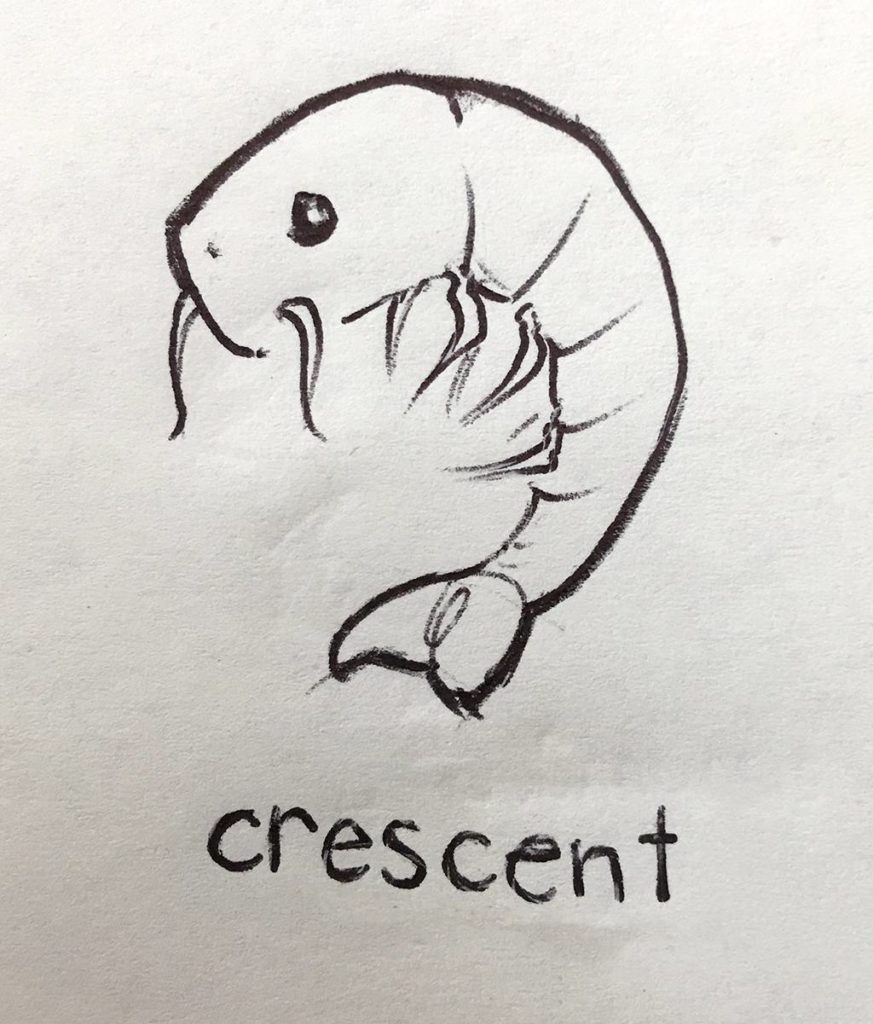
The third in this series of “unscribbles“, I present you: Crescent Wisdom. Guess what this fictional company does..seriously, someone please tell me.

The second in my series of “unscribbles”, the transforming of my daughter’s graffiti of my sketchbook into viable logo and brand identities. This one: Albino hoof, a fictional skiwear company specializing in gear that is not guaranteed to preserve your limbs during extreme sporting events.
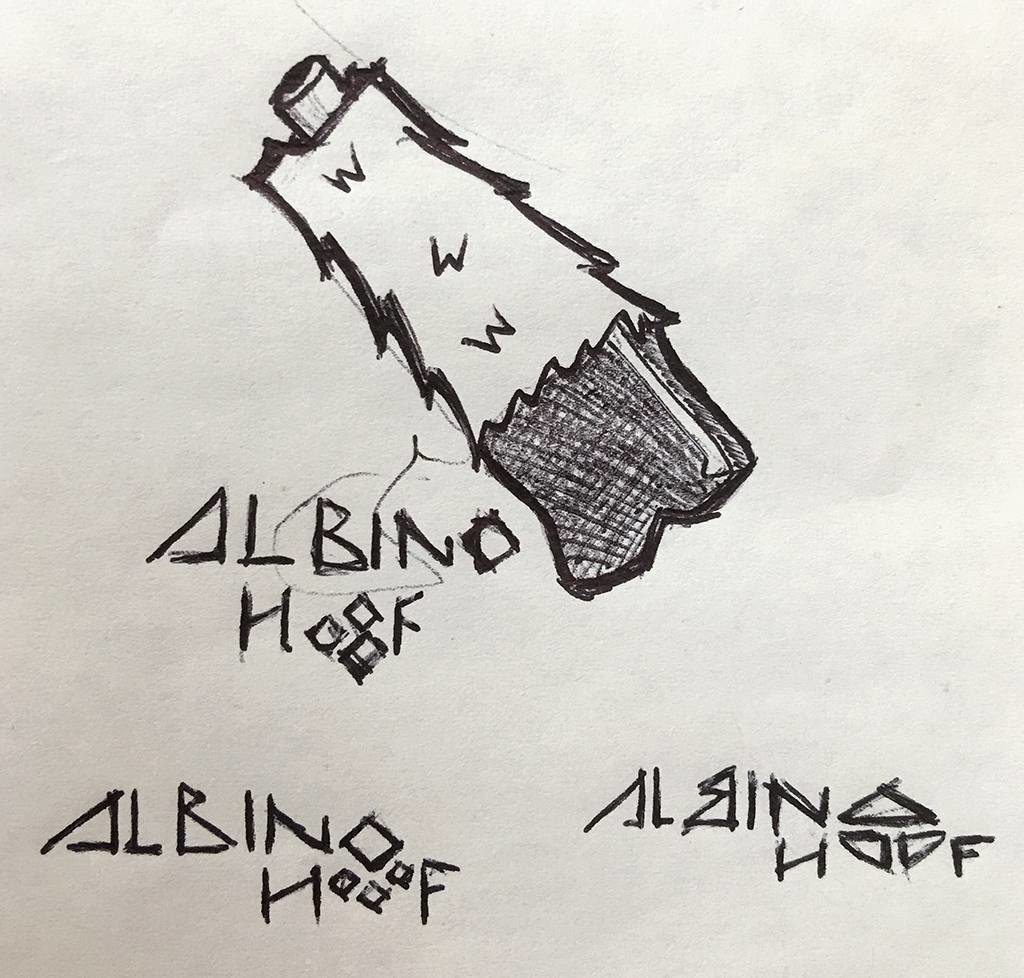
I stumbled upon some old poetry notes, thought of cleaning them up just a touch and sharing here. Feel free to share your thoughts or suggestions in the comments.
Why do you believe?
There’s trouble on two seas,
and we swing in different trees.Is it blind or is it bland?
You see glass, I the sand.
I’d walk but it hugs my knees.Why do you persist?
We’re dots on different grids.
I chase cars, you after kids.Is it brown or is it blond
across town or across the pond?
You question god, I the cherubs.Why do you bother?
An adult or peevish toddler,
the steamy novel of a clergy author.Is it bond or is it bomb,
our intercourse by intercom?
Are you my girl or just someone’s daughter?
Sounds rather dark and defiant.

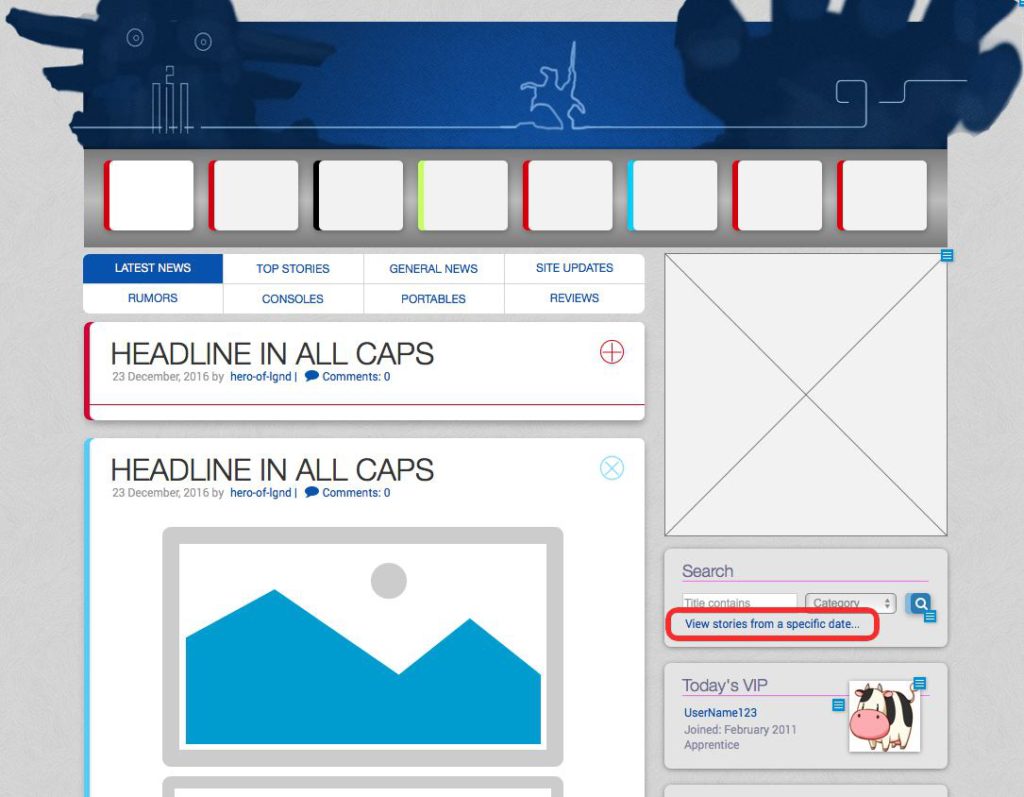
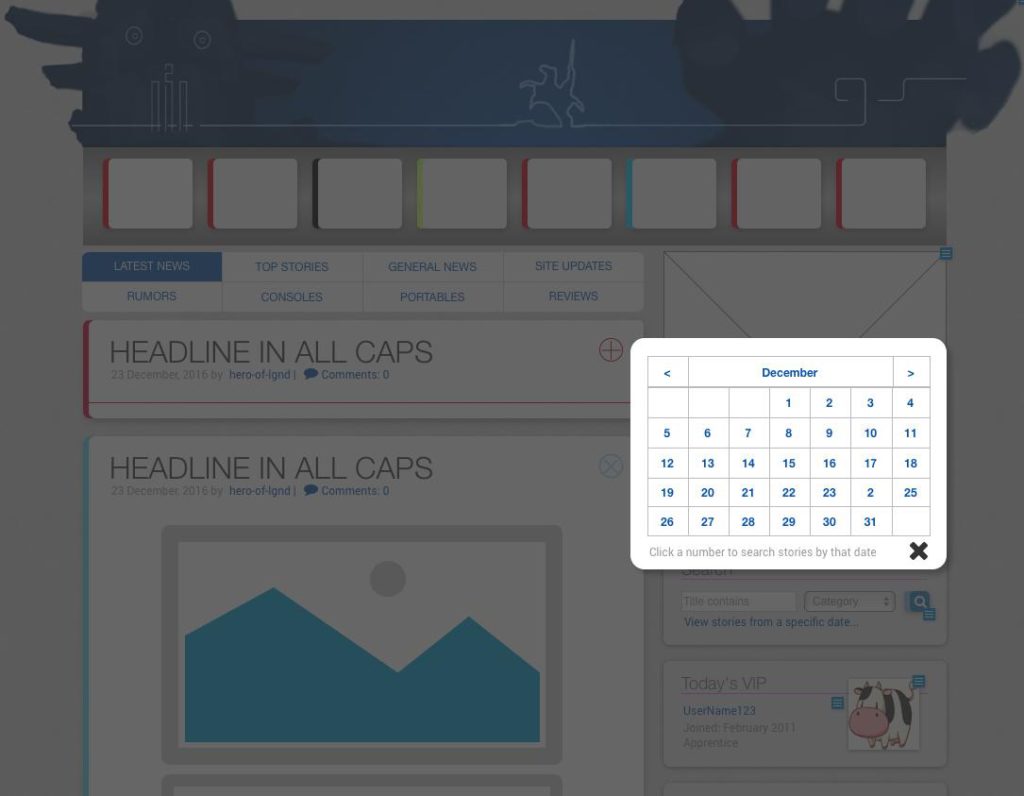
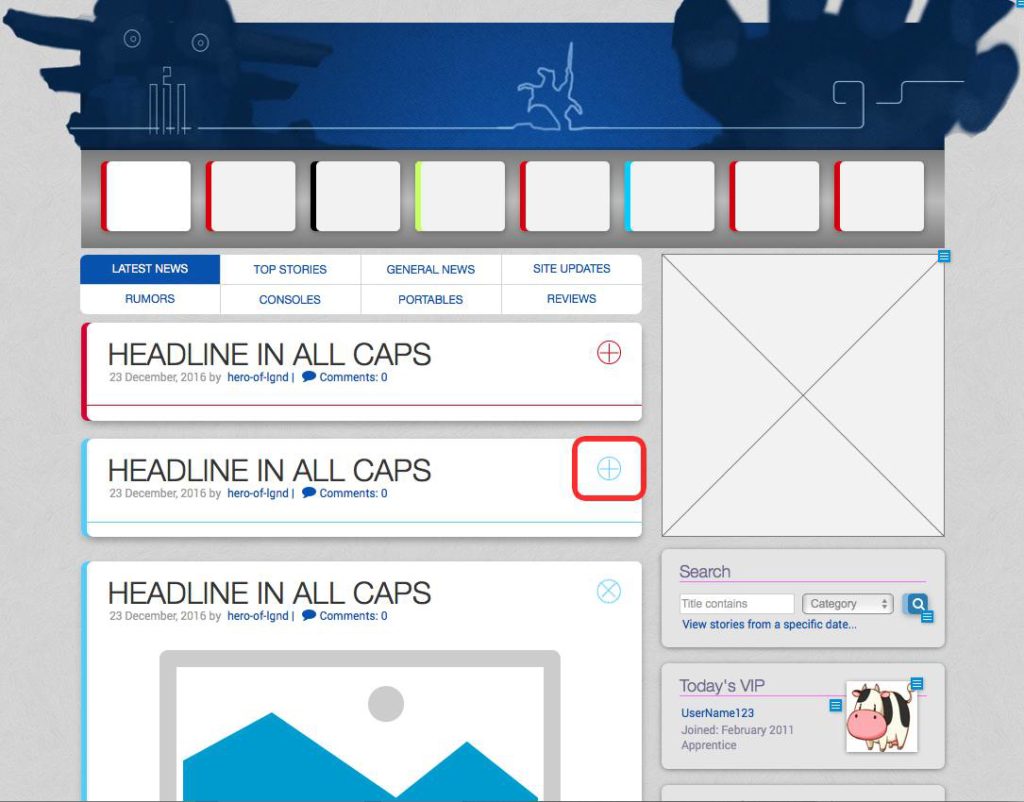
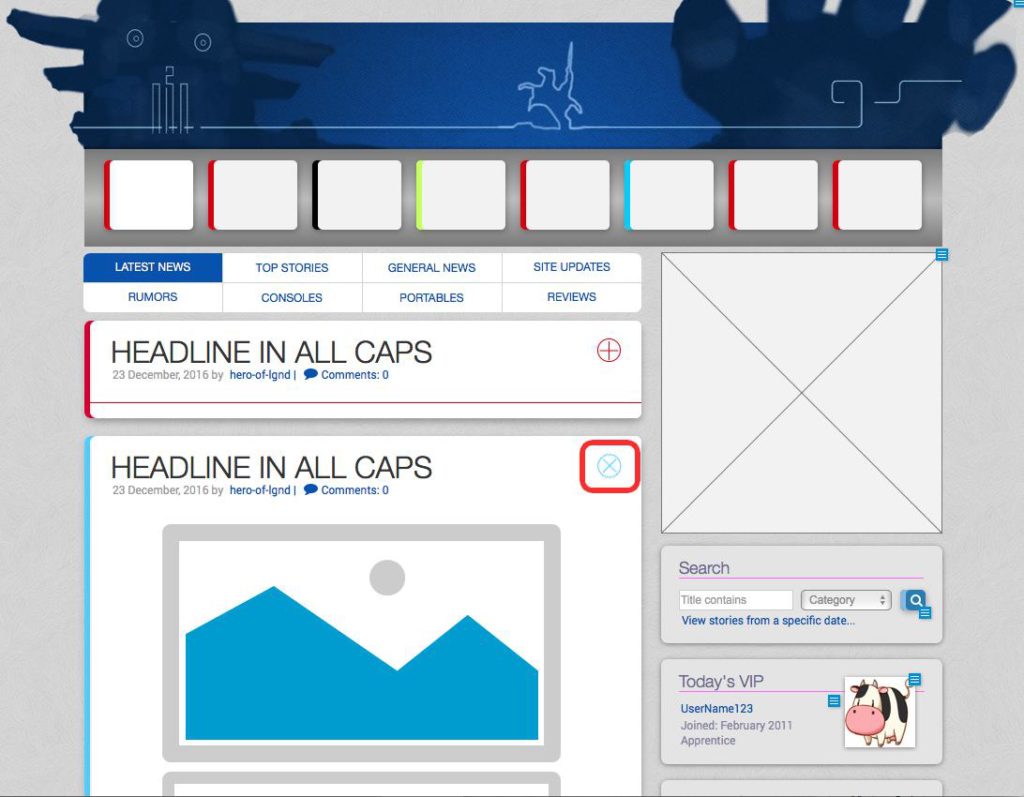
It probably goes without saying that the web and its design is fundamentally different than it was at the turn of the century. Gone are layouts comprised of hacked-together tables, text and headlines made from optimized images, animated sparkly background patterns, etc., though interestingly, the animated GIF has made a strange resurgence in popularity in recent years.
My process with all of design–both print and web–starts with pencil on paper, then moves to a basic digital execution to work out any logistics before beginning on any final production. However, where paper and Photoshop may have been my first and second steps in the past, many professionals these days rely on specialized tools like Axure, Balsamiq, Sketch, and Adobe XD (Experience Design).
Gone are the days of the web designer everyman, who designs, optimizes assets, writes the markup code, and maintains files on some FTP; now, each of those tasks are divided into wholly separate and distinct sub-categories of web work: UI and UX design, front-end developer, back-end developer, etc. Not necessarily a bad thing since the landscape and scope of web or application work is much larger and complicated than ever before.
As for the above software, I’ve only ever played with any of them to achieve some core familiarity while continuing to favor my tried and true paper/pencil method as I just find it quicker. However in efforts to better market my skills, a deeper understanding of these applications are necessary, and so I’ve begun recreating some of my previous web projects using these prototyping tools.
The first is Axure RP 8. In use, I find it somewhere near the expected offspring of Adobe Flash and Dreamweaver. It has a canvas to drop assets into, tweak with panels full of settings, and set up interactions between elements. For the most part, any familiarity with those two legacy Adobe apps will make using Axure a breeze.
The result of a single afternoon’s efforts is a wireframe of the GoingSony site, partially as it is currently but also as it was during beta, including placeholder art and interface elements instead of actual content. I find it particularly rewarding to reverse-engineer some of the interactive elements in Axure, just to see how close I can get to what we actually developed for the live site.
Built completely from scratch in about 5-6 hours, this wireframe has annotated elements, images and links; custom styles and library widgets, a modal lightbox-style popup (to select dates from a calendar for searching stories by date), and widgets on each story entry that show or collapse the story to just its headline and post metadata, replete with animation of the widget itself, the story box and its contents, and also animates the position of successive stories to keep the bottom of one story X pixels from the top of the next, regardless of its shown or hidden state.
Fun. Next up: Balsamiq.

After using Axure, going to Balsamiq in some ways felt like doing a still life oil painting using MS Paint, but that has more to do with my expectations than the software itself.
Touted as a digital analogue to real-world dry erase boards, it does look and act very similarly. It lacks detail and options that otherwise distract people who should be focusing on more high-level, functional decisions about a site design than whether a drop shadow ought to be .3 or .35 alpha.
I put as much due diligence as I could to faithfully reproduce the GoingSony layout in Balsamiq, with passable results. Had the above screen been presented at our first development meeting, I think everyone would have been able to grasp what direction things would take visually.
Maybe suitable for some designers, I tend to work more efficiently in this brainstorming manner with pen and paper. When moving to digital, I prefer putting a lot more detail into a visualization than Balsamiq allows, so it felt more restrictive than anything else. Not bad, just different.
Will see about producing similar versions using Sketch and Adobe XD if possible!
Embarking on a small creative journey after my daughter thoroughly graced the majority of my current sketchbook with her fine scribblework. A primer:
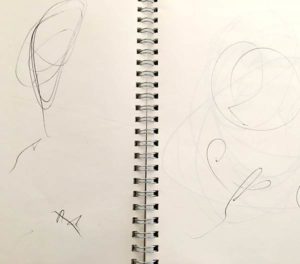
My plan is to turn tragedy into triumph. I’m going to un-scribble her work into logos for imaginary businesses, adding word marks when so inspired. Here is my first stab into fresh darkness:
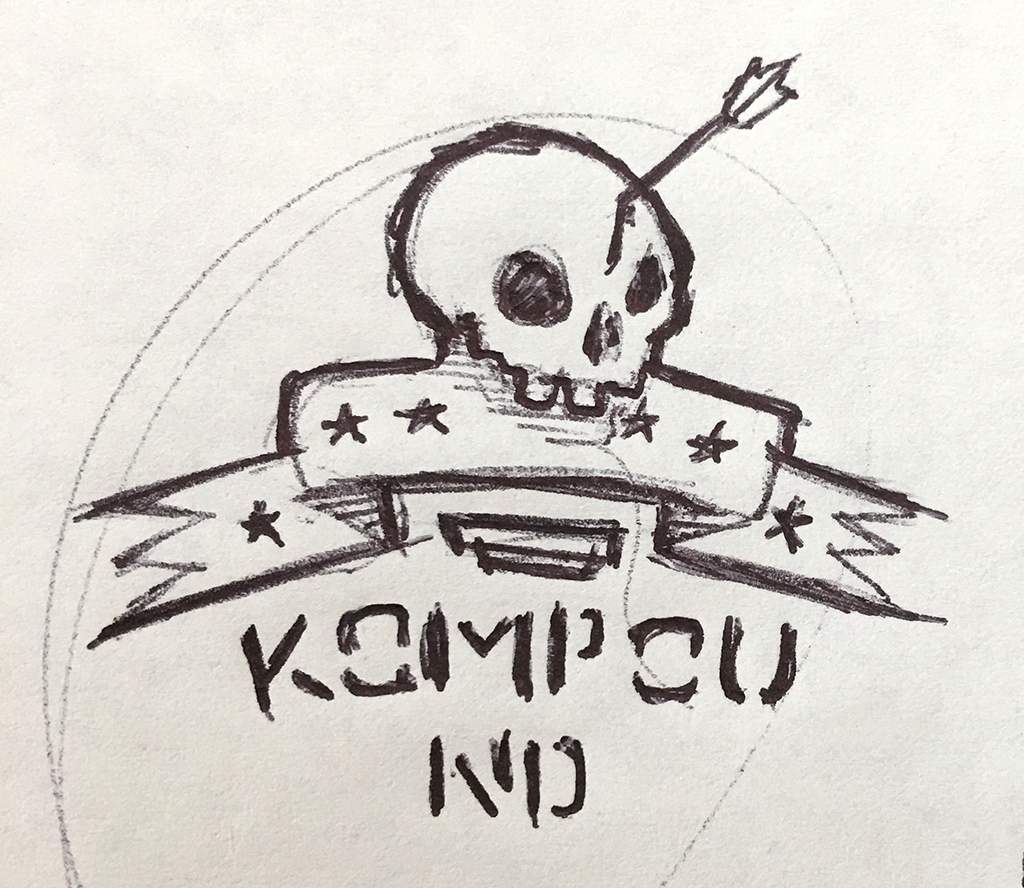

Hard to believe it’s already been two weeks since my parents were here on their possibly final trip to Japan. As is true for most, everyday life is a struggle, lesson in humility, and trial of patience. I do enjoy non-Western life here, but something about having my parents here–the people who raised me, taught me English in the first place; and being able to communicate frankly, directly, and naturally while enjoying the comfort and support of family–was refreshing and feels like it reset my perspective on life. A little outside perspective really does wonders from time to time since it can be far too easy to fall victim to routines and the petty issues of daily living.
That said, I’ve come to wonder whether my time in this place has become an hourglass with countable grains of sand poised over the inevitable aperture. A telling dream the other night has stuck with me. While it’s been nearly two decades since my last dream interpretation session with classmates in a high school biology class, a bit of introspection might reveal something my subconscious wishes to express.
The dream takes place in the dining area of some family house; perhaps MY house, perhaps my parents’ house. I’m enjoying a meal with some generic friends and…oh yeah, Johnny Depp. He hands me a fancy shirt and demands I change immediately. Once begun, the meal is interrupted by a certain executive from my workplace, though he appears 35 years younger, dressed like a suburban hip-hop fan from the 1990s. Not sure why he was even recognizable in this form, unless it was his trademark carefree and whimsical words, but he was. He seemed to be taunting me; pushing buttons either to rub my nose into some inadequacy or perhaps prod me into taking action where I might have otherwise been inert.
I put on the fancy shirt and suddenly found myself soaring above the clouds, but slightly losing altitude. As I took in the incredible view, I noticed a turtle below me, also falling, but every few seconds flipping itself side-over-side to keep aloft. Hrm.
Looking at it through the lens of my personal circumstances, everything takes on a specific meaning. Without spelling it all out, the changing of a shirt in the presence of a company man to something fancy like I used to wear, and then appearing to fly alongside the impossibility of an airborne turtle who defies all expectations and found freedom instead of remaining tethered to the ground…yeah, there are parallels to my life right now, and potential future.
At least I can enjoy these rad headphones while everything unfolds. Maybe it’s time to start dreaming of the new Infiniti Q60 coupe as well..
Recently, I’ve heard so many first- and second-hand accounts from people in unhealthy relationships here in Japan. Some of them are intercultural like mine, but some are two ‘typical’ Japanese people. It amazes me what constitutes a marriage or relationship here; certainly not what I grew up learning.
Here, relationships can be a thing of convenience, power, prestige, etc. It’s not that uncommon to hear of a woman marrying or chasing a man based solely on his job/salary, marrying a guy or getting pregnant so she can quit her job and lounge about at home in PJs and play mobile phone games (while totally ignoring the man, except for his paychecks), or hear of a married man tolerating his wife’s infidelity, lies, and sexual withholdings just to keep the benefits that come along with being married. Interestingly, I’ve witnessed the latter point directly as prospective job-seekers are grilled during interviews about their intentions with a significant other, and some partially overlooked because of the perception that single people are somehow less trustworthy.
Internally, so many people here are unhappy because they have compromised what western people might idealize (true love) when settling into a relationship, in exchange for a family name, a title, an income bracket, etc., yet in public, you’ll see one or both people present the most enviable kind of happiness; a mask they both wear, because to show the opposite invites gossip, distrust, and shame.
It’s just my opinion, but I find the idea repulsive. We only get one chance at our one life, and then we’re done. Our pursuit of happiness is our only real purpose, and as a social species, that pursuit often includes others. Compromising or eschewing altogether our happiness for something else–especially of material value–seems akin to self-mutilation or prostituting oneself.
Not that long ago, especially here in Japan, many unions were more or less arranged; young men and women were tossed into situations their families deemed beneficial. It seems certain aspects of that outlook on marriage have managed to survive where the obvious (and more controversial on the world stage) parts have not.
I certainly don’t have intentions of upending any of the local customs, but when I see, hear, and live on the receiving end of it, it’s incredibly hard to sit idle. Japanese people are generally known for their suppression of feeling, or at least the outward expression of it; is it better to trade one’s happiness for something else, and lie to the world from behind a mask and a fake smile?